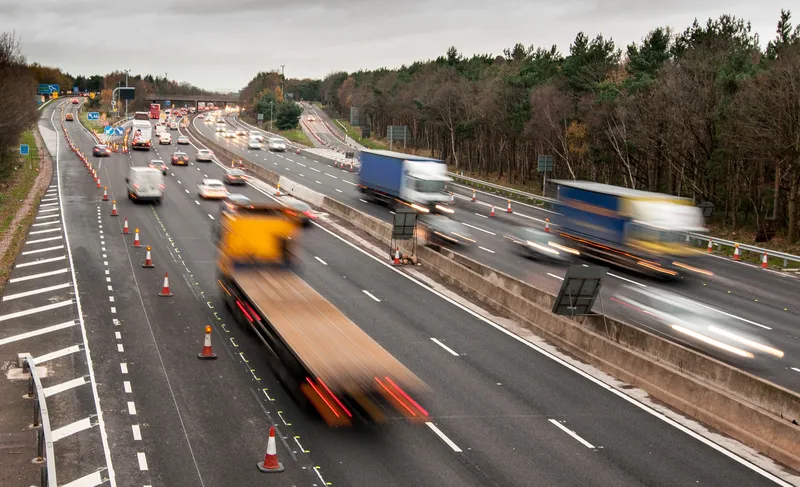Mobile Visual Information Systems (MVIS) and the creator of the Intellicone temporary work zone safety system, Highway Resource Solutions (HRS), have teamed up to create the Safelane automated traffic management system and the Multisafe Smart VMS.
The companies say these are the first temporary road maintenance safety solutions to combine industry-leading modular electronic perimeters and variable message signs (VMS), providing a cost-efficient method of improving the safety of both road workers and road
September 19, 2014
Read time: 2 mins
The companies say these are the first temporary road maintenance safety solutions to combine industry-leading modular electronic perimeters and variable message signs (VMS), providing a cost-efficient method of improving the safety of both road workers and road users.
The Multisafe Smart VMS combines Intellicone contactless sensor technology with MVIS’ range of VMS. Intellicone’s Sentry sensor can be positioned to detect vehicles or personnel and to activate wirelessly the appropriate high visibility VMS message. The resulting solution can be used for over-height vehicle detection, dynamic work exit messaging and to detect speeding vehicles.
The works exit system was developed in close cooperation with
The Safelane automated traffic management system combines Intellicone products with MVIS’ Multisafe Smart VMS to facilitate safer work zone traffic management by fewer personnel. Intellicone cone barriers and contactless sensors, paired with CCTV, enable Multisafe Smart VMS to help undertake work zone protection, as such avoiding the need to deploy high numbers of operatives in these dangerous areas. Any worksite breaches instantly alert the remaining traffic management operatives and workforce, whilst capturing live footage of errant vehicles. The Safelane system is highly modular, can be applied to most road closures and is expected to help achieve major cost savings for the industry.
Commented MVIS managing director, Pat Musgrave: “The temporary MVIS/Intellicone road maintenance worker protection solutions have the capacity not only to improve worker safety but to do so cost-effectively.”
HRS director, Roger Poeth added: “HRS and MVIS share a commitment to the development and application of technologically advanced ITS products and we look forward to unveiling further applications of the new safety solution later in the year.”








